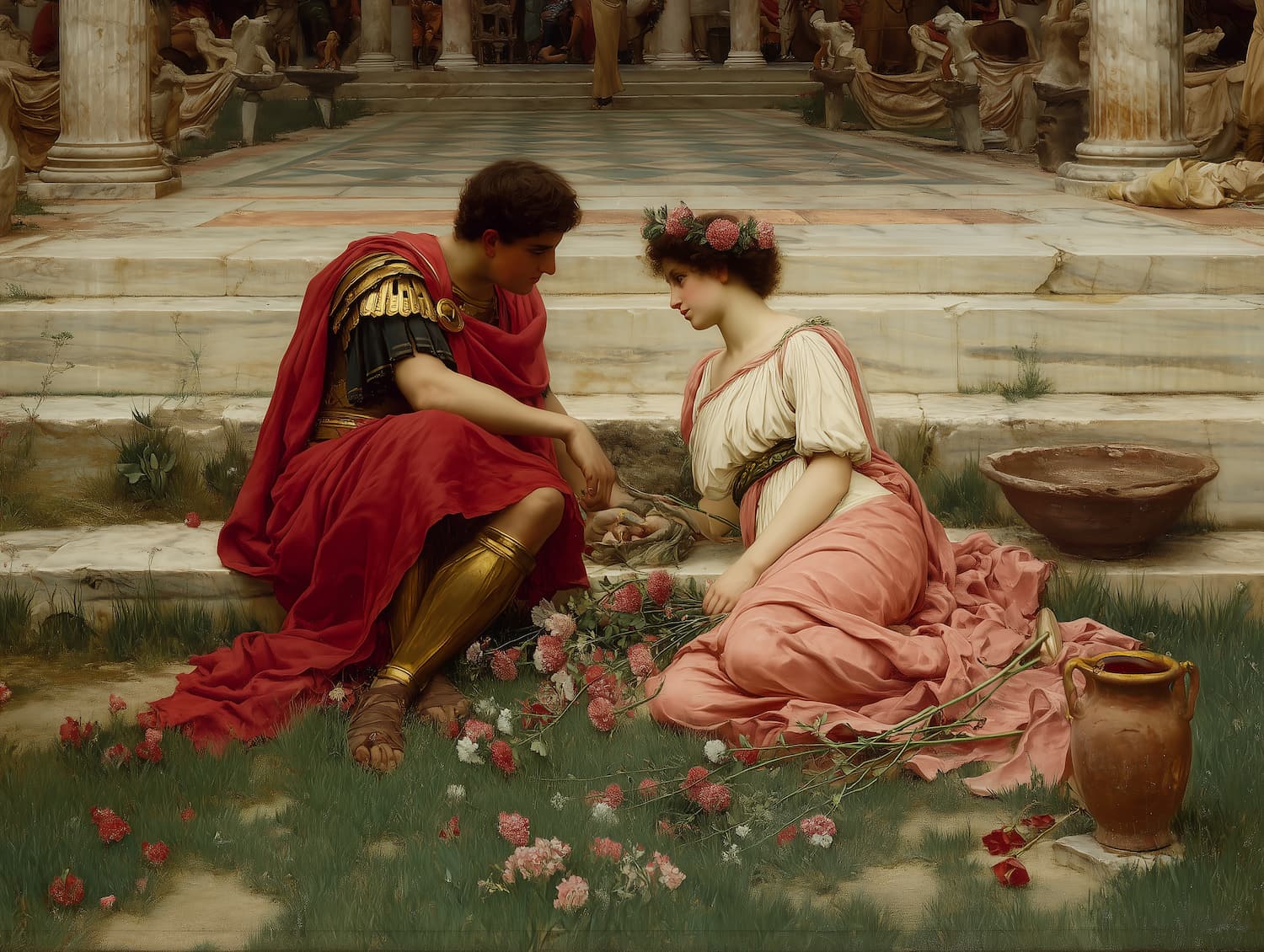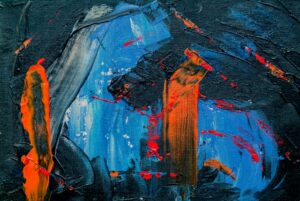Throughout the history of art, few cultural legacies have been as enduring as that of ancient Greece and Rome. From the frescoes of Pompeii to the sculptures of Athens, classical antiquity left behind a visual and philosophical vocabulary that artists continue to revisit, reimagine, and reinterpret. The ideals, themes, and forms of antiquity have repeatedly served as a wellspring of inspiration — not just for painters and sculptors of the Renaissance or Neoclassicism, but also for contemporary creators working in the digital age.
What is it about antiquity that holds such a timeless appeal? Why do artists, generation after generation, return to the ancient world for inspiration?
The Power of Myth and Storytelling
One of the primary reasons antiquity remains relevant to artists is its rich tapestry of myth. Greek and Roman mythology offers a vast universe of gods, heroes, tragedies, and triumphs that speak to human nature in all its complexity. These stories are both universal and deeply symbolic. They deal with love, power, jealousy, sacrifice, transformation, and the struggle between fate and free will.
Artists across eras have drawn from these myths not only because of their dramatic content but also because they provide flexible metaphors. For example, the myth of Icarus has been reimagined in countless works to represent ambition, failure, or the cost of human aspiration. Venus, the goddess of love, has been portrayed as everything from an ethereal ideal of beauty to a symbol of feminine strength.
By referencing these shared cultural narratives, artists can create work that feels both personal and collective — bridging time, geography, and ideology.
Harmony, Balance, and Proportion
Antiquity wasn’t just about content; it was about form. Classical art placed a strong emphasis on order, symmetry, and proportion — ideas rooted in philosophy and mathematics. Ancient Greek sculptors and architects believed that beauty could be measured, calculated, and replicated. The human body, in particular, was seen as the perfect subject through which to express harmony between nature and intellect.
Artists in the Renaissance were especially drawn to these ideals. Leonardo da Vinci’s famous drawing of the Vitruvian Man, for instance, is a direct homage to Roman architect Vitruvius and his theories on symmetry and human proportion. The influence of antiquity helped Renaissance artists shift away from medieval abstraction toward a more naturalistic and anatomical approach to the human figure.
Even today, the visual language of balance and proportion continues to inform design, composition, and artistic discipline — from architecture to fashion photography.
A Symbol of Cultural Authority
Throughout history, referencing antiquity has also been a way for artists (and their patrons) to align themselves with ideas of sophistication, power, and intellectual prestige. In many cases, art inspired by the classical world was used as a statement of taste, education, or moral virtue.
During the 18th and 19th centuries, when European empires sought to portray themselves as heirs to Roman greatness, classical motifs became especially popular. Public buildings were constructed with columns and pediments. Portraits featured subjects posed like Roman senators or Greek gods. In this context, antiquity became more than inspiration — it was a tool of identity, legitimacy, and ideology.
This tendency is not limited to the past. Contemporary artists sometimes borrow classical forms precisely to critique them — exposing the political or racial exclusivity of traditional ideals. Others use ancient imagery to question ideas of authority, tradition, or permanence.
Reinvention Through the Ages
One reason antiquity continues to inspire is that it invites reinvention. Artists don’t merely copy ancient works — they reinterpret them through the lens of their own time, style, and personal experience.
In the 20th century, Pablo Picasso famously reimagined classical subjects using cubist distortion. His work “Les Demoiselles d’Avignon” draws from Iberian and African influences but also channels the stance and nudity of ancient sculpture. Later in his career, Picasso created numerous paintings and drawings inspired by classical mythology and ceramics.
Similarly, the surrealists played with mythological archetypes in psychological ways, linking ancient symbols to dreams and the subconscious. Artists like Giorgio de Chirico infused classical architecture with eerie, silent landscapes that hinted at lost time and memory.
These reinterpretations show that antiquity is not static. It’s a living visual language — constantly being revised to reflect changing artistic questions and societal concerns.
Resonance With the Human Experience
Perhaps the most enduring reason for classical influence is its emotional and philosophical depth. Antiquity offers a mirror through which we can reflect on enduring human concerns. Whether it’s the search for identity, the inevitability of death, or the pursuit of beauty and meaning, classical art provides a vocabulary that still resonates.
Modern artists are drawn to the past not because they are nostalgic, but because antiquity gives them a way to say something new. The power of art has always been its ability to hold opposites — to be timeless and timely, ancient and urgent, familiar and strange.
Antiquity in the Digital Age
Today, even as artists work with new media — from virtual reality to generative AI — classical themes continue to appear in unexpected forms. Digital installations reference mythological narratives. Graphic designers borrow ancient typefaces and architectural motifs. NFT collections are modeled after Greek statuary. What this suggests is that the ancient world is not a closed chapter — it’s a living archive.
The democratization of art through the internet has also made ancient art more accessible than ever. Museums digitize classical collections, artists remix classical icons, and online platforms allow people around the world to engage with Greco-Roman imagery in personal and experimental ways.
Conclusion
From myth to form, from ideals to critique, classical antiquity continues to shape the way artists think, see, and create. It serves not only as a source of aesthetic inspiration but also as a field for dialogue — where each generation converses with the past to understand the present.
Antiquity endures not because it belongs to history, but because it speaks to something deeper in the human imagination. It offers symbols that are rich yet open, stories that are old yet adaptable, and ideals that, even when questioned, never quite lose their pull.
Artists return to it again and again — not to repeat it, but to reimagine what it means to be human.


